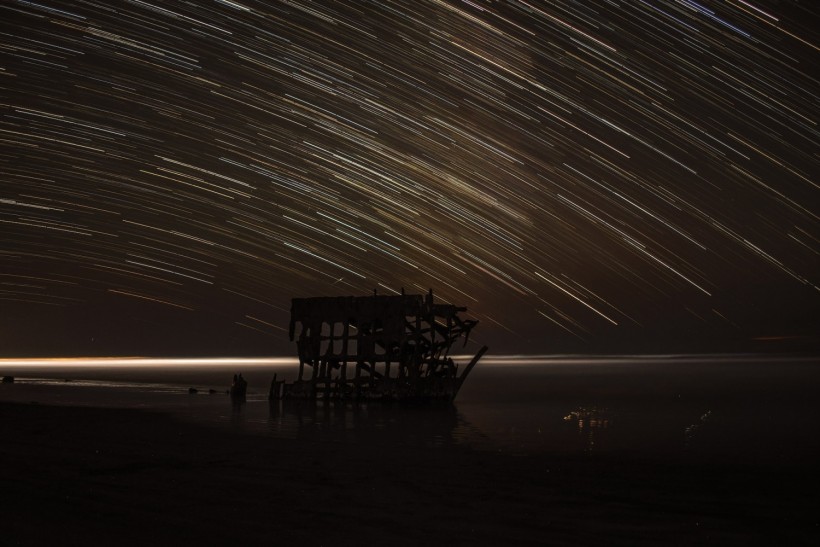Stargazers can soon witness the first-ever meteor shower of 2023 this coming Thursday, Jan. 5.
Soon, the night sky will be lit up by the Quadrantid sighting, which is expected to be visible until the early morning.
If you want to kick start your year with a bang, then there's no reason to let this moment pass for a single day.
Quadrantid Meteor Shower 2023

Whether you're an astronomer or not, you can have the chance to enjoy the first Quadrantids meteor shower of 2023 this week.
According to a report by The Independent, the Quadrantid meteor shower is regarded as the "most consistent" meteor shower. It is projected that 110 meteors per hour can appear during this sighting.
Unfamiliar with this astronomical phenomenon? These blue meteors are said to hail from Bootes, a neighboring constellation of the Big Dipper.
Although some people clearly see meteor showers at night with the naked eye, the moon might disrupt the view because of light pollution.
Quadrantids are rare, unlike other meteor showers. While some of them could last for a couple of days, they can only peak for a few hours. Make sure that your stargazing goggles are already prepared once it hit the planet this week.
Related Article: Perseids Meteor Shower: Peak is Coming at the Worst Time this August-Why?
How to See Quadrantids Meteor Shower
Skywatchers have another interesting stuff to add to their bucket list this January. The most awaited shooting star peak is about to land sooner.
If you want to get started with Quadrantids viewing, you need to take note of your location and the time of the meteor shower peak.
As CNET reports, it's also important to be mindful of the height of the sky's quadrant at that time.
You can make a short estimate of the event so you can briefly predict its landing. The report suggests you should view this meteor shower on Jan. 4 between 3:40 AM and 6:40 AM UTC.
Viewers from the Northern Hemisphere have the best spot to stargaze for this meteor shower. If you're living near the North Atlantic, you can still have a clearer view of Quadrantids.
Make sure that once you go outside, you will wear warm clothes so you can have the best experience. It might take at least 15 minutes for your eyes to adjust to the night-lit sky at that moment.
If the conditions are favorable on your part, you can see nearly 25 Quadrantids every hour. These include fireballs and shooting stars.
It should be noted that there's a big chance for the full moon to come out on Wednesday, Jan. 4, so make sure you won't get distracted by it.
If you think it won't rain on Wednesday, the best time to see the Quadrantids is early morning. Don't let this opportunity pass since the next huge meteor shower is projected to arrive in April.
Read Also: Top Hubble Images For December 2022: Best Photos Captured by NASA's Space Telescope









